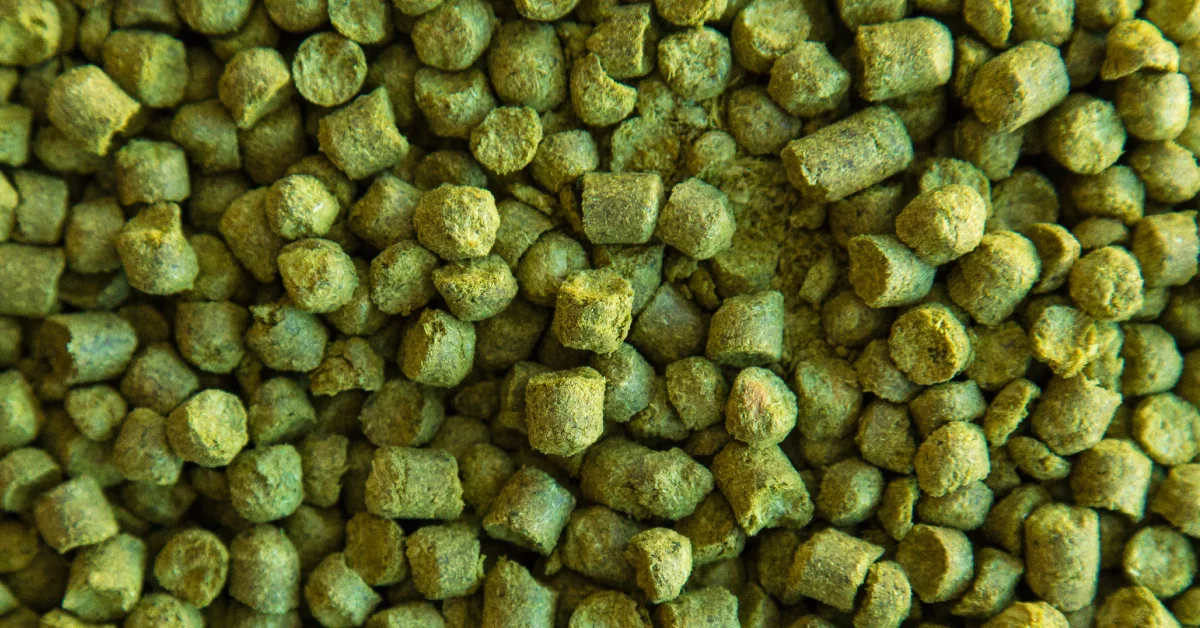The Process of Dry Hopping
Dry hopping is a process many brewers get immense joy from. It’s a cathartic exercise; from opening the bag and smelling that initial waft of amazing hop aroma, to the pouring of the hops into the fermentation vessel. In this article, we talk about the technique our brewer JK uses for dry hopping.
This technique is fairly simple but with a lot of trial and error, JK found it to work the best. He dry hops in the fermenter while the beer is warm as he found that the essential oils are better solubilised this way.
He dry hops at the end of fermentation, once the beer is below 1.020 or so. At this point there’s still a moderate convection current occurring from the fermentation that will distribute the hops through the beer but the fermentation is not so vigorous that the delicate aromas are stripped off. JK looks for a maximum of 3 days with the hops in the beer while it’s warm, then chills the beer for 24-36 hours and transfers off the yeast and spent hops.
This dry hopping technique achieves a few interesting things:
- The beer seems less ‘fizzy hop water’/vegetal astringent doing it this way.
- He can use fewer hops and get the same result.
- It’s almost impossible to impart pine-like characters into the beer whatever the hops used.
- Production is reasonably quick, from 1.020 to FG will take 2 days with one more day warm on the hops, the beer can then be transferred as little as 24 hours later to get it off that yeast and spent hops.
- The downside of this approach is that if you’re harvesting yeast to brew a subsequent beer you can’t use this yeast so production needs to factor around dry hopping.
Here are some excerpts from some prominent breweries on how they dry hop.
- Dry hop at 17°C straight after primary drop yeast off cone and add hops.
- Circulate 3 times over 36 hours, then chill and dump.
- Dry hopping on yeasty beer helps reduce astringency, yeast absorbs some harshness.
- Using cascade for dry hopping works better with whole hops.
- If dry hopping bright(ish) beer, use whole hops but you will require 50% more than T90.
- Mitch Steele advises he uses 100-400 lbs of hops per 47 hL = 2.1 to 8.5g/L.
- Drop beer to 16°C.
- Yeast off the cone.
- Dry hop in two batches for between 6-14 days, first batch for 10 days, second for four.
- Better and more aroma at 20°C but interferes with yeast cropping.
- Use fruity hops to mask big alcohol flavours and aromas in bigger beers.
- They do four dry hop additions in Pliny the Younger.
- If dry hops are left too long the beer actually loses aroma.
- Dry hop at 20°C straight after Primary.
- Dry hop for 7-10 days.
- Use high alpha only.
- Dry hop at 20°C for 7 days.
- Using whole hops, dry hop in BBT at 0.5°C for 10 days in hop sacks.
- Low temp T90 dry hopping at 0.5°C 7-21 days, the higher the alcohol the longer contact time.
- An increase in ester production when hops are in contact with yeast.
- Linalool and Humulene expression is increased when hops are in contact with yeast, this detracts from pine character though.
- Yeast contact helps remove isovaleric acid.
Finally, here are JK’s standard dry hopping rates:
Note: These do vary depending on oil content and aroma
Want to learn more about the brewing and fermenting process? Check out our Brewing 101 articles to up your brewing knowledge.
Leave a comment below or contact us on [email protected] if you have any questions. We’re happy to help!

